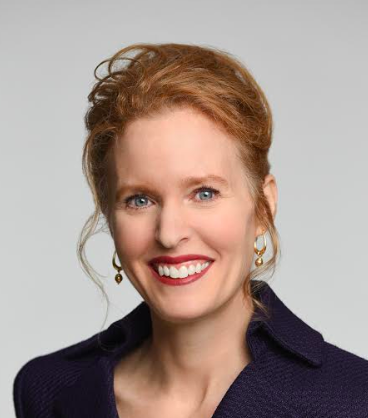
I first heard the term “stranded assets” at a Bloomberg event in New York City during Climate Week 2014. For me, the term conjured up images of homeowners and their dogs waiting atop roofs to be rescued during Hurricane Katrina. Yet that didn’t seem right for the context of the discussion, and a quick Google search set me straight: They were talking about coal-fired power plants that would be worth nada on Wall Street should a carbon tax change the market. (That was almost two years before Peabody Coal went bankrupt.)
Two years later at Climate Week NYC 2016’s Sustainable Investment Forum, stranded assets still seems to mean the same thing to investors – coal – and they mull it increasingly. The industry understands the term as holdings that need to be written down before the end of their expected life span. I heard the term from Federic Samama, deputy global head of Institutional and Sovereign Clients; Mark Campanale of Carbon Tracker Initiative; and Philippe Desfosses, CEO of the French pension fund Retraite Additionnelle de la Fonction Publique.
But, tell me, aren’t those 150,000 Louisiana homeowners who lost their homes from flooding last month stranded? What about the Ethiopian farmer who has lost everything from two consecutive years of drought – the worst in 50 years? And doesn’t Wall Street play a role in avoiding this future era of stranded assets?
You might maintain that insurance is where these losses appear in the financial ecosystem. But most of the impacted homeowners in Louisiana and those Ethiopian farmers were uninsured or underinsured for their flood and drought losses.
Ian Simm, founder and CEO of Impax Asset Management Group, said the experts in his firm who would feel climate extremes are the private equity portfolio managers. A situation where a few elements of a portfolio – corporations are hit by a weather extreme, delivering below-expected returns, which could take down a portfolio – and its manager with it.
BlackRock reports in its September 2016 white paper Adapting Portfolios to Climate Change that extreme weather events – think “climate shock” – trigger slower economic growth while an increase in temperature – think “climate stress” – decreases productivity. But I have yet to find a shift in the investors’ thinking that acknowledges a new era has dawned of assets stranded by the physical risks of climate change.
In an October 2015 white paper, The Price of Climate Change Global Warming’s Impact on Portfolios, BlackRock asked, “Do securities of companies most susceptible to physical and regulatory climate risks already trade at a discount to the market?” It answers its own question, responding, “We have not observed such a discount in the past – but could see one in the future.”
I hope BlackRock and its fast-followers continue to ask questions about that future as current and future physical risks become clearer and clearer. I imagine they’ll find so much risk in their portfolios that the sensible way to calibrate will be to invest in resilience that prevents more stranded assets in the future, turning those discounted trades into opportunities for portfolio growth.
Image credit: Flickr/maxstrz
Joyce Coffee is the president of Climate Resilience Consulting and works with leaders to create strategies that protect and enhance markets and livelihoods through adaptation to climate change.

Joyce Coffee, LEED AP, is founder and President of Climate Resilience Consulting. She is an accomplished organizational strategist and visionary leader with over 25 years of domestic and international experience in the corporate, government and non-profit sectors implementing resilience and sustainability strategies, management systems, performance measurement, partnerships, benchmarking and reporting.














